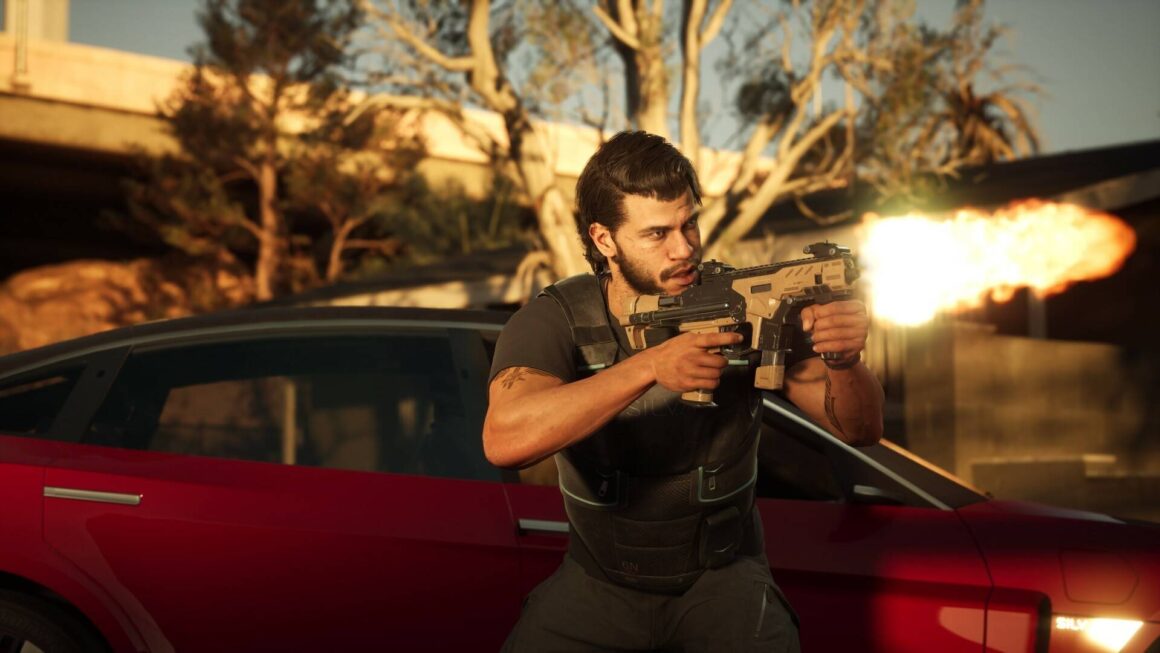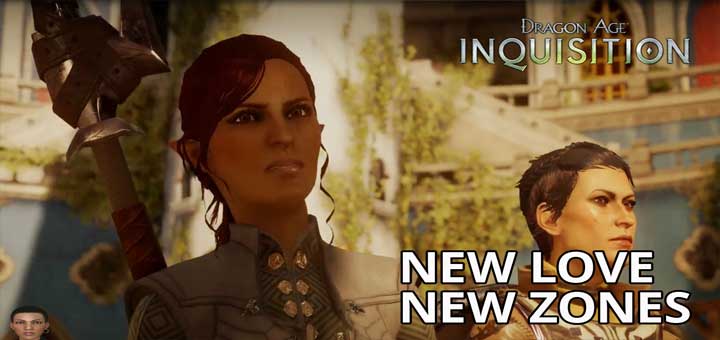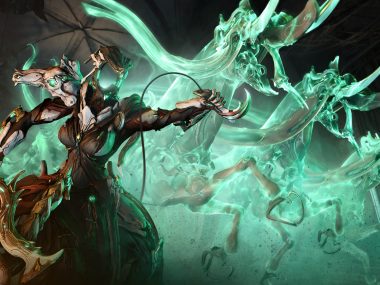MindsEye was supposed to be a bold new chapter in gaming. It was developed by Build a Rocket Boy, the studio helmed by former GTA producer Leslie Benzies and published by IO Interactive.
The game promised an expansive near-future world, heavy-hitting narrative, and deep gameplay systems. Early trailers showed a sleek desert metropolis, high-tech weapons, and mind-bending story elements. It looked like the next big thing.
Instead, it crash-landed on release day. Critics panned it. Players dragged it. MindsEye quickly joined the ranks of overhyped flops that couldn’t live up to their own trailers. So what happened?
A World Full of Nothing
Set in Redrock, a glitzy, futuristic Las Vegas clone, MindsEye casts you as Jacob Diaz, a soldier with a mysterious neural implant and a scrambled memory. The premise is solid. The world feels like it should be brimming with intrigue and danger, but in execution? It’s hollow.
The city is technically open-world, but only in the loosest sense. Like Mafia: Definitive Edition, Redrock is more of a backdrop than a playground. Most of the time, you’re shuttled from point A to B with very little incentive to explore in between. There’s a custom-content angle. Players can remix parts of the game using Everywhere’s creation tools but even that feature feels tacked on, not transformative.
Story missions are linear and formulaic. Side content is almost non-existent. Despite the flashy premise, Redrock just doesn’t feel alive.
Gameplay Without Teeth
Let’s talk about combat. Or rather, let’s talk about how not to design combat in a modern action game.
Gunplay is stiff and uninspired. Enemy AI is either laughably dumb or unfairly spongy. There’s no melee system. No meaningful upgrade trees. No sense of evolution in your toolkit. You get a few high-tech toys like drones, driving segments, flashy cutscenes, but they don’t make up for the lack of core depth.
The gameplay loop is serviceable at best. That isn’t enough when you’re pitching yourself as the next great narrative-driven blockbuster. Not in 2025 when Cyberpunk 2077, Alan Wake 2, and Spider-Man 2 have raised the bar. MindsEye ends up feeling like a tech demo for a better game that never got made.
A Story That Forgot to Connect
This should’ve been MindsEye’s saving grace. A strong protagonist, a mysterious implant. Corporate espionage and rogue AI. All the ingredients are there but the story never hits.
Jacob Diaz is supposed to be haunted, vulnerable, complex. Instead, he’s just kind of… there. His lines are flat. His motivations are murky. You’re told he’s traumatized, but rarely shown anything compelling. The writing lacks urgency. The pacing drags and the tone wavers between self-serious and strangely empty.
Critics called it forgettable. Players called it boring and honestly, they’re both right.
A Launch That Shouldn’t Have Happened
Performance-wise, MindsEye launched in a state that should never have made it out the door.
There were crashes, frame rate drops and bugs galore. Characters clipping through walls, vehicles floating. Dialogue triggering out of order.
For a game this hyped, this ambitious, it felt like a beta release. The studio didn’t send out early review codes either (never a good sign) and when launch day hit, the backlash was swift.
It’s not just the bugs that stung. It’s that everything else felt unfinished too. The gameplay. The story, the world, the tech. It’s like they built the frame of something great and then ran out of time. Or worse, they just didn’t know what to do with it.
The Developer’s Response Was… Bizarre
Most studios, when faced with a high-profile failure, respond with some version of “We hear you. We’re working on it.” That’s not what happened here.
Instead, Leslie Benzies blamed “external and internal saboteurs.” Yes, really. He suggested that the game’s failures were part of a larger conspiracy, while never explaining who these saboteurs were or what exactly they did.
Meanwhile, reports of layoffs started to swirl. Build a Rocket Boy was bleeding staff. Yet, Benzies insisted the game would continue, that MindsEye was just getting started. But how do you “fix” a game when most of your team is gone? How do you relaunch something that never had a foundation to begin with?
It feels delusional and detached from reality. Like he’s trying to will the game’s success into existence without acknowledging with what actually went wrong.
What MindsEye Really Reveals
Here’s the thing. MindsEye isn’t just a disappointing game. It’s a case study in how ambition without focus can sink even the most promising project.
It wanted to be everything: a prestige single-player adventure, a story-driven cinematic epic, a platform for user-generated content. It didn’t stick the landing on any of those goals and it was launched half-baked. Instead of owning that, its creators pointed fingers and made strange declarations about sabotage and redemption arcs.
MindsEye aimed high but refused to look in the mirror. It had promise, yes but promise means nothing without polish, pacing, and a team willing to listen when things go wrong.
Sometimes a game needs more time or fewer features. Sometimes, the real problem isn’t the tech or the budget. MindsEye didn’t fail because the concept was flawed. It failed because no one had the discipline, or maybe the honesty to say “This isn’t ready yet.”






